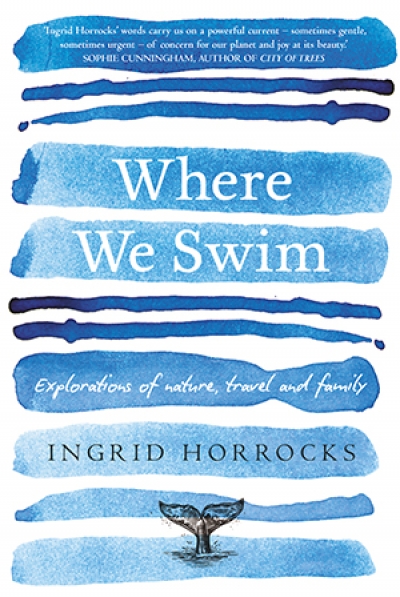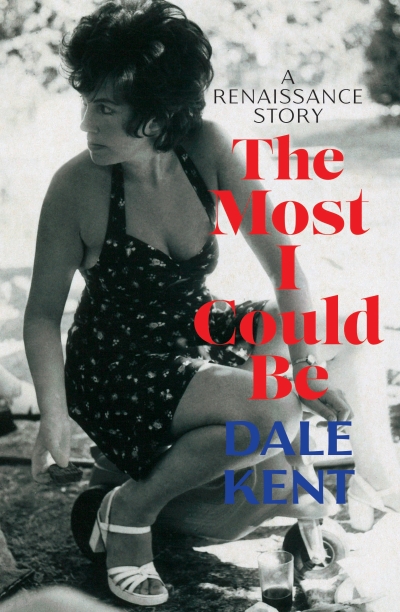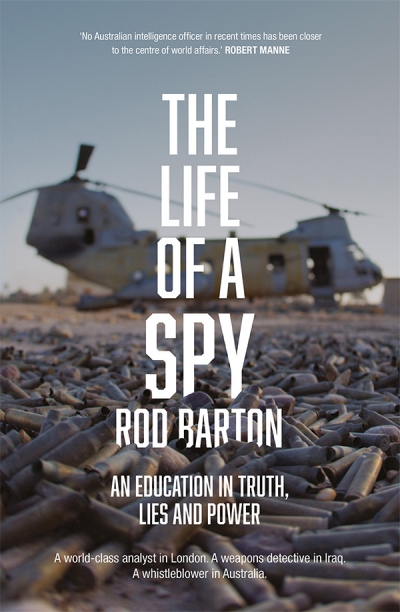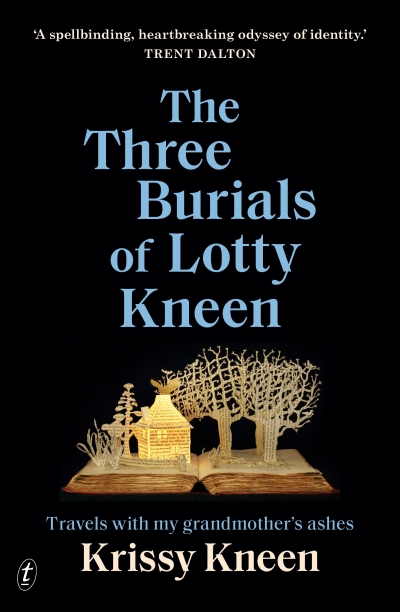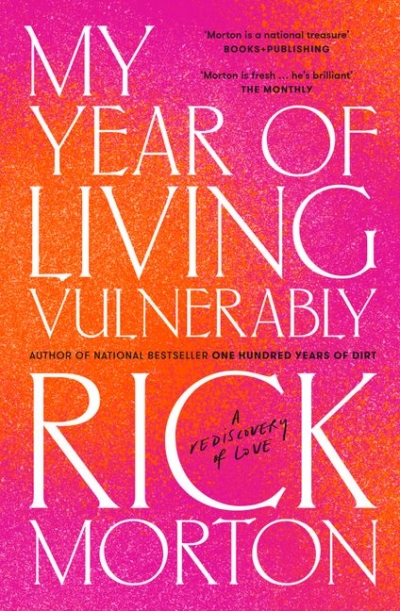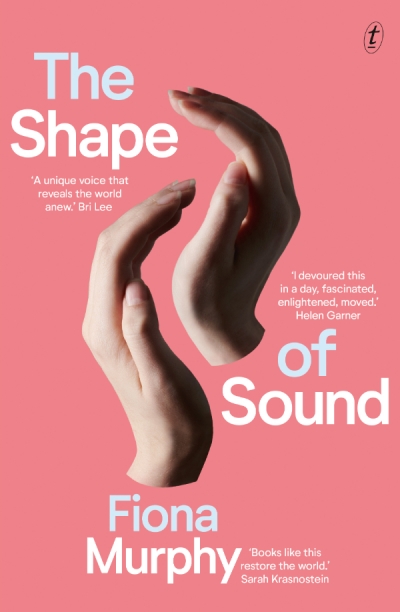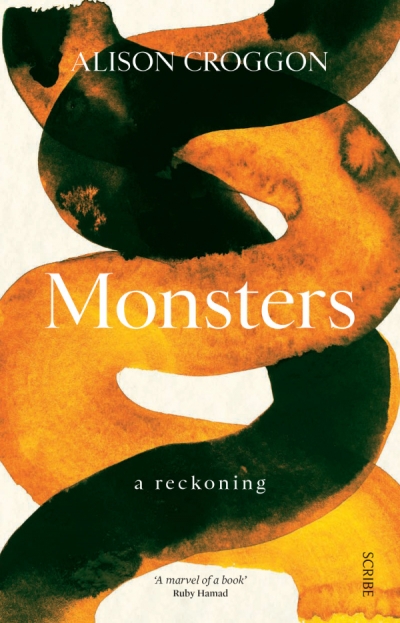Memoir
Where We Swim: Explorations of nature, travel and family by Ingrid Horrocks
by Naama Grey-Smith •
The Life of a Spy: An education in truth, lies and power by Rod Barton
by Andrew West •
The Three Burials of Lotty Kneen: Travels with my grandmother’s ashes by Krissy Kneen
by Francesca Sasnaitis •
My Year of Living Vulnerably: A rediscovery of love by Rick Morton
by Paul Dalgarno •


